Are you juggling data across various platforms, laboriously copying instrument reports into physical lab notebooks, or converting them into PDFs for ELN submission? Tired of manual data entry?
Elevate your processes with a hybrid LIMS/ELN solution. Streamline data access, eliminate transcription errors, and boost compliance and collaboration across your organization
An Electronic Repository Application – many products on the market can replace a paper notebook and support instrument interface including ELN, LIMS, LES. SciCord is built as a hybrid solution, offering the combined advantages of the other major data management schemes.
Instrument Data Repository – consolidate all instrument data in a single repository.
Connected – a means of porting the instrument output to the electronic repository, often a network connection but can be accomplished via “sneaker net” using a USB card to extract the instrument output from an unconnected device.
Instrument Variation: The sheer number of interface variations introduced by vendors, instrument models, and even firmware releases.
Technical Specifications: Obtaining quality interface information from instrument vendors can be challenging and may require reverse engineering if the original company cannot provide documentation.
Software Supplier Support: If new instruments are being added that cannot be interfaced through the default SciCord resource configuration, SciCord has offices in America and Europe to ensure assistance can be provided regardless of your location or time-zone.
Coordinating Context: The context for a measurement must be seamlessly communicated between context source (the “notebook”) and the instrument. SciCord can produce custom templates or more generic modules to provide this context where needed.
Compliance: SciCord is fully validated for GxP environments (if needed), allowing instruments to retain compliance when interfaced through SciCord.
Instruments such as balances or pH meters often produce discrete measurements without automated sample introduction. This requires scientists to introduce the measurement target and instruct the instrument to obtain a measurement. SciCord streamlines this process with pre-configured resources and data extraction for result-sample correlation. SciCord handles real-time connections in several ways:
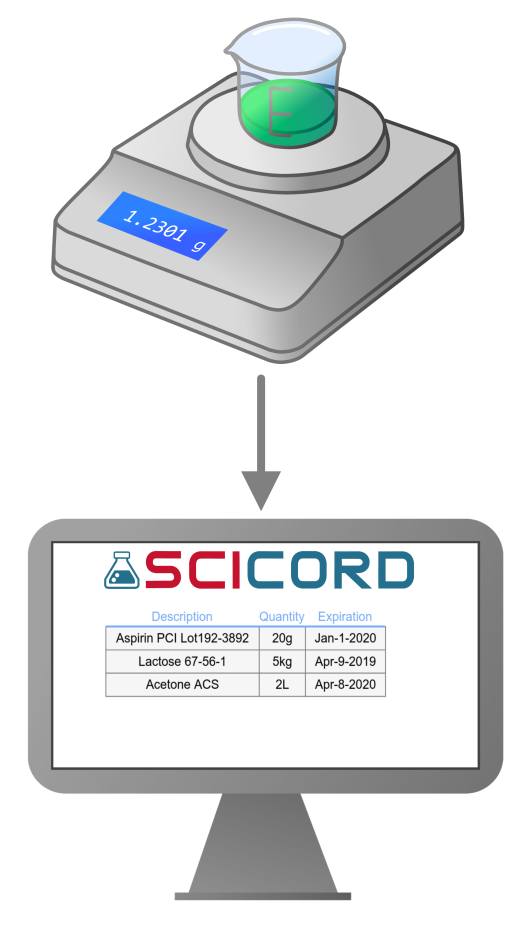
Older, simpler instruments may require being connected to a networked printer to produce any output. SciCord can act as a “virtual printer” to obtain this output and record it appropriately.
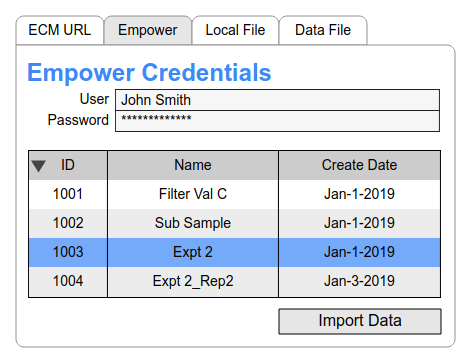
Application controlled, relatively high throughput instruments such as Moisture Meters or Chromatography often require manufacturer or third party software to run (such as Empower™). SciCord can then interface with this third-party software to retrieve the data and further process it or link it to samples.
Many Instruments generate electronic files for single or sequential measurements, often containing instrument parameters and measurement context.
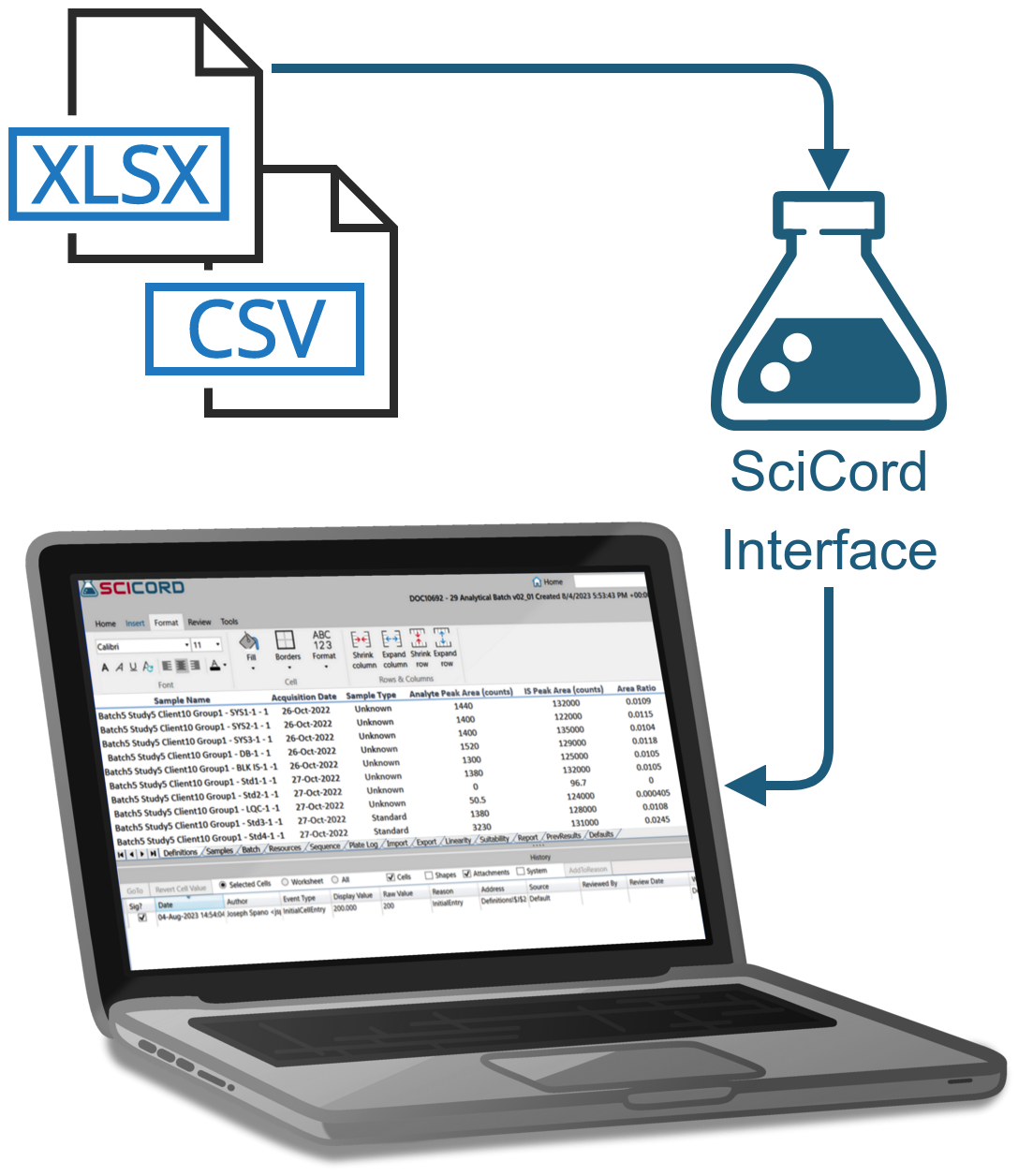
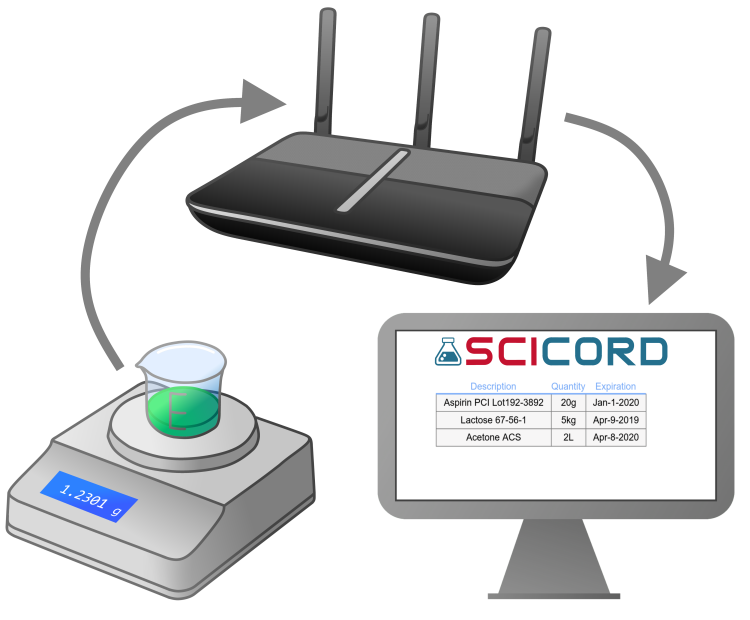
Certain instruments regularly report one or multiple measurements over time.
Instrument output can be parsed from a string or file.
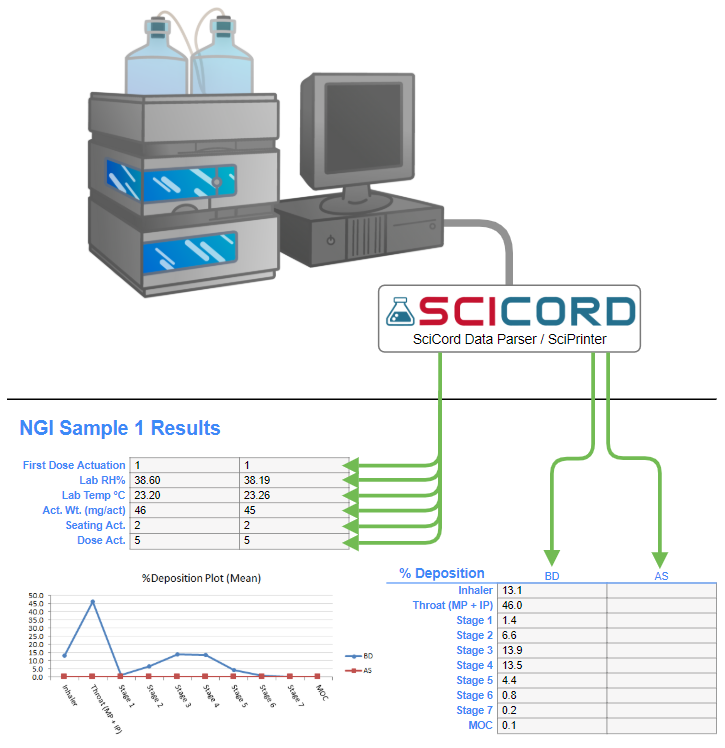
Reach out to Schedule a Meeting and get more information about how SciCord can fit into your lab
Don’t take our word for it.
We exceed our client’s demands everyday to make their research and discovery process simpler and more efficient.
This is by far the best value in science software (or anything else in science, really) that we’ve ever experienced. Other solutions in this price range had a fraction of the features, and those with the features cost 3x – 10x more. We’re very happy customers.

Josh Guyer,
Senior Pharmaceutical Scientist